True to my promise, the following are answers to a few of the questions that were shared with me at the conclusion of last evening’s State of the School presentation. I have not answered every question; instead you will find answers to those most frequently asked. An opportunity to discuss them all will be planned soon.
Q: As the middle school curriculum and structure is changed to grades six to eight with a larger number of students per grade, how and when will the changes be phased in?
A: The changes we will experience with enrollment growth are designed to begin next year with a larger sixth grade that will split into three sections and adopt the discipline-based model of instruction, rather than the current homeroom model. The program structure will continue to adapt as enrollment increases and students make their way through the middle school grades. That said, the day-to-day program discussions that are happening are certainly influencing our thinking about all middle school grades. This year’s curriculum reviewsmath, world language, arts, athleticsand future reviews will also influence program design. We are also exploring staffing ideas for next year’s seventh grade.
Q: What does differentiated math curriculum really mean for my sixth grader and what is BDS doing to ensure depth and excellence in the existing math and world language offerings?
A: To speak to math first, the flexible grouping approach that we currently implement in seventh and eighth grades is designed to ensure that students receive math instruction at an appropriate pace and depth to best suits their learning style. As we continue design work this spring, Kathy Gruzynski, RJ Parsons, Liz Gray, and Deborah Brissenden will be looking closely at the arc of math instruction for sixth to eighth grades to best prepare students for high school. This work will be in tandem with the math curriculum review, so we will have a much more comprehensive answer to this in the coming months.
As for world language, we feel confident that instruction offers both depth and excellence. The process of the curriculum review and the close look being taken at what language offerings are best for our students, we are ensuring that our standard of excellence is met curricularly, and that we are preparing students for ‘Language 2’ as BDS graduates.
Q: What is BDS doing to increase the presence of students and faculty of color on campus? How will BDS support those folks when they get here? What is BDS doing to prepare white students and faculty?
A: This is a multi-pronged and critically important endeavor. The introduction of The Annette Raphel Scholarship for Leadership and Diversity last year along with continued relationships with programs like the Steppingstone Foundation have led to the largest group of students of color on campus in Belmont Day’s history. The school’s hiring process has an intentional focus on diversifying the teaching staff. The commitment to welcoming more people of color to our community is among my highest priorities. To support our dedication to cultural competency, last year we introduced race-based affinity groups for both folks of color and for white members of our community. This year we began the SEED (Seeking Equity and Educational Diversity) program for both parents and teachers. Finally, last year’s curricular reviews included a focus on diversity. It is our intention that the work happening at the adult level will translate into program for students and positively impact their classroom experiences. Implementing a strong cultural competency program for students relies on a comprehensive understanding within the adult community. We are on our way!
Q: What will the impact of the sixth to eighth grade program design be on fifth grade in terms of leadership, program, and athletics?
A: This could be a Scoop article on its own. The pre-k to fifth grade faculty have been looking closely at the impact the middle school design will have on their programming and how new space (with the arrival of the Barn) will support what our students need across each of the whole-child domains. Suffice it to say, we are designing, always, for excellence, and the work going into creating leadership opportunities for fifth graders in the classrooms, in service, and on the playing fields is consistent with this design. There will be more to follow in the coming months; know that planning for our fifth graders is front of mind and well on its way.
There were many more excellent questions, and as I said to the crowd last night, I consider this the beginning of a very important dialogue for our community. Please stay tuned for an announcement of forums to continue the conversation and for “What’s Next?” events at each grade level. Many thanks again to those of you who attended the State of the School and to those who watched us on Facebook LIVE! I so enjoyed the opportunity to share the beginnings of a vision that I hope takes BDS boldly into its bright future.
Download the presentation slide deck. | Watch the presentation on Facebook or Vimeo.



